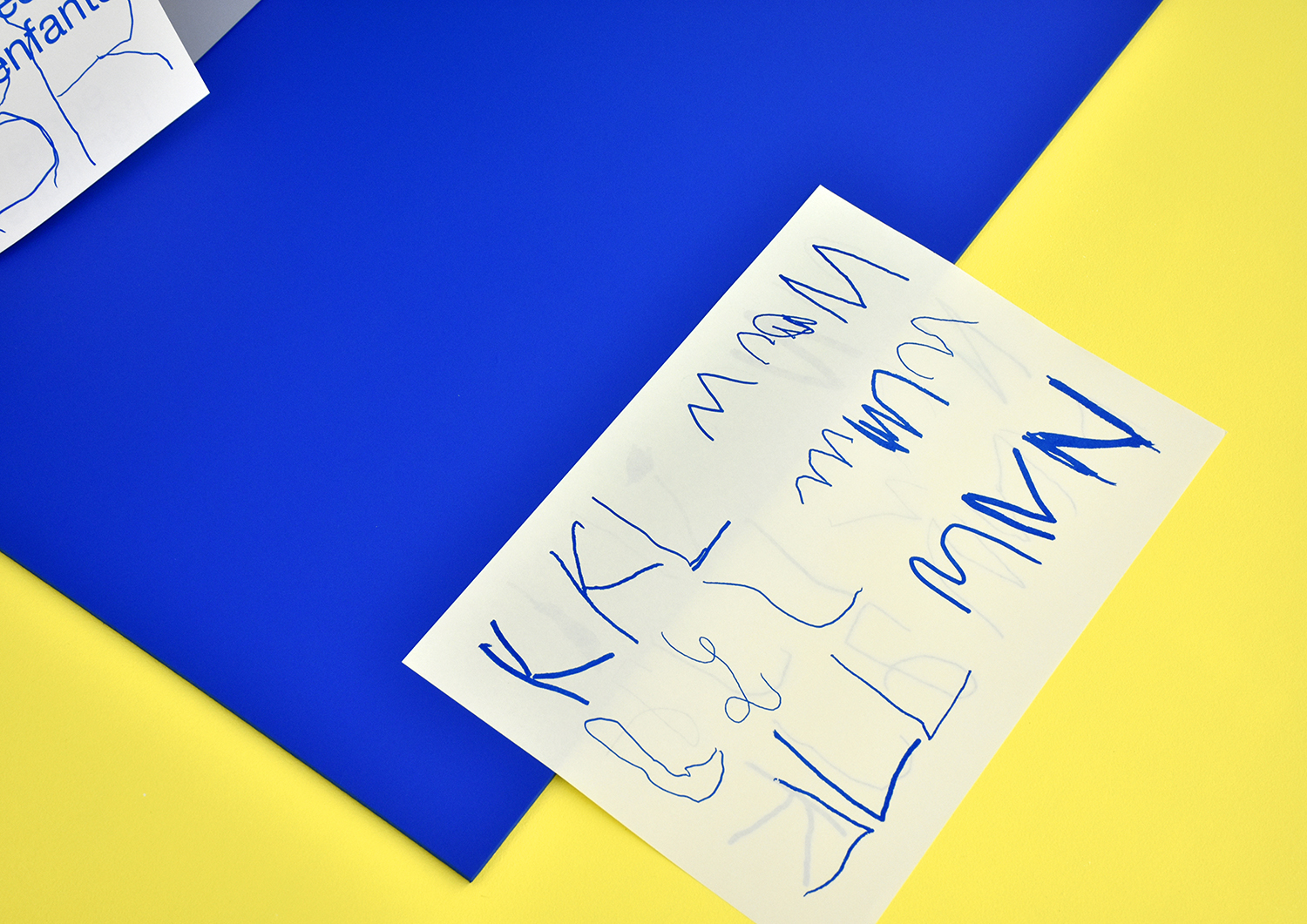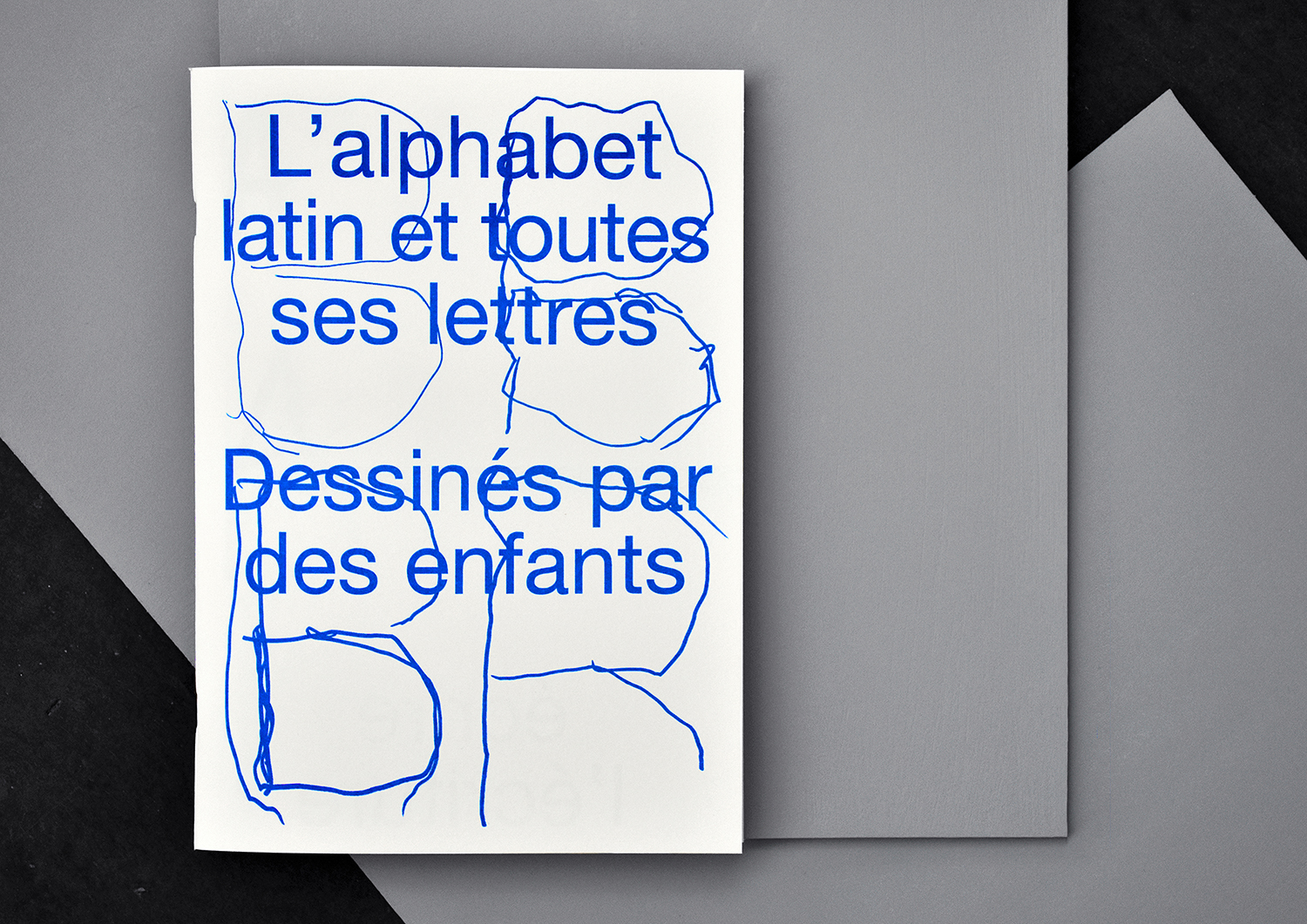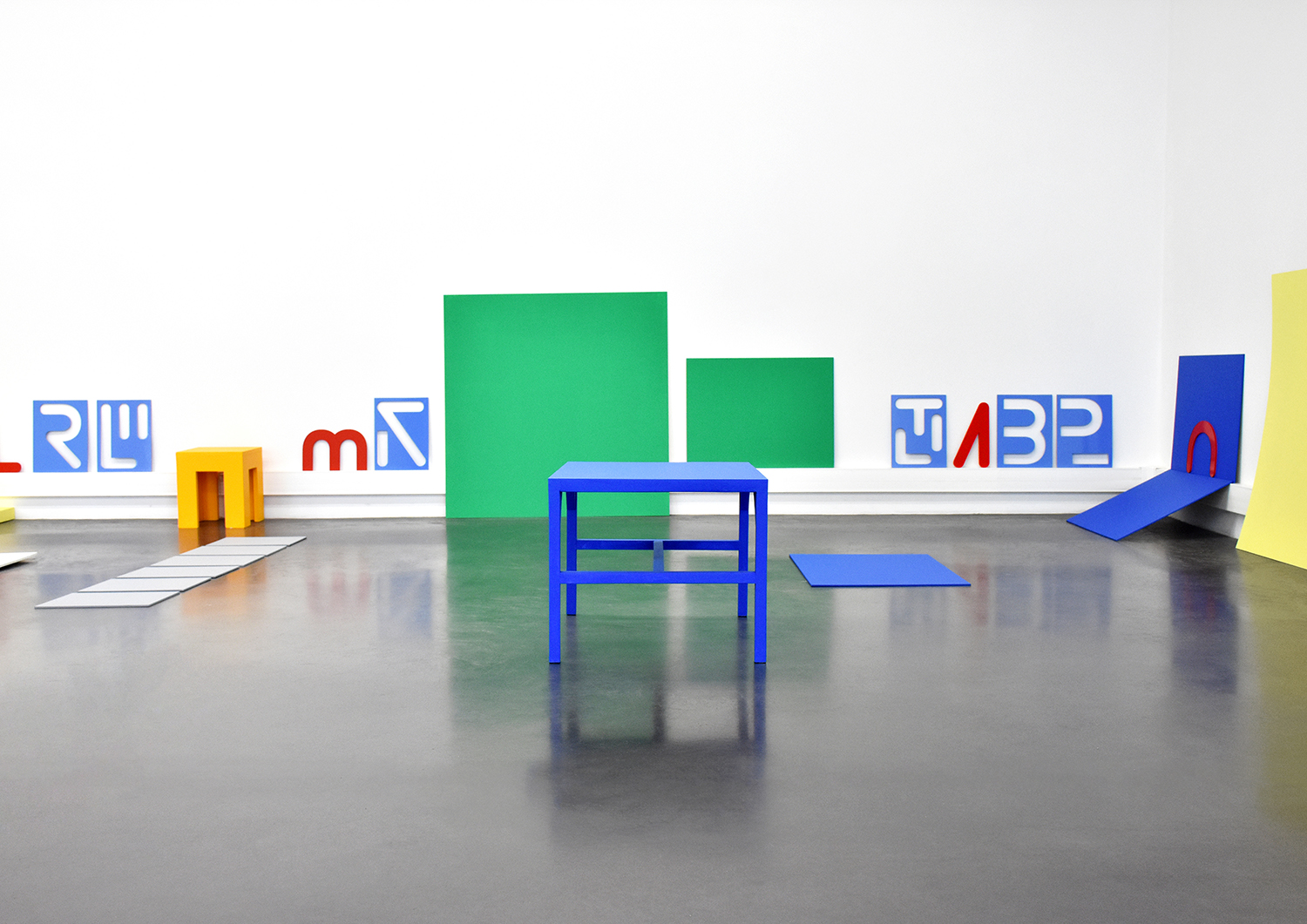La typographie au service de l’apprentissage de l’écriture manuscrite à l’école maternelle : une pratique de découverte matérielle de la lettre
Éloïsa Pérez zoomTypography is part of the material culture of writing. Originally describing a mechanical printing technique using movable type, it now encompasses a vast spectrum of practices that are deployed as much in the field of printing as in that of digital technology and are accompanied by specific writings. Naturally, the history of education bears witness to typographic devices dedicated to the transmission of written language. Because of the specificities of the typographic technique, the identified uses concern more the composition of texts and the discovery of reading, than the pedagogy of handwriting. The handwritten letter being a matter of gesture and movement, its typographic part is reserved for the model. However, the production of the alphabet by typography proposes a material approach, able to reveal complementary aspects of the reproduction of its forms.
In order to define the place of typography in the learning of handwriting in kindergarten, the object of this thesis consists in a material study of the process of transmission of this elementary knowledge. Situated at the intersection of information and communication sciences, education sciences and graphic and typographic design, it proposes a reading of the graphic devices that structure the learning of writing and accompany contemporary educational practices observable in public kindergarten classes in France. Thus, it exposes a reflexion on the relation between graphic design and pedagogy, based on the materiality of the tools of the intellect and on an experience of active research.
The first part “Learning to write in kindergarten” exposes a current state of writing pedagogy as described by institutional discourses and observable field practices in schools. The second part, “Material analysis of the spontaneous tracing of the capital letter”, studies the specificities of the first children’s writing which emerges in a context marked by a plurality of graphic activities. It distinguishes three procedures of representation in connection with the developments of drawing, graphics and writing. The third part “The heuristic object at the service of the discovery of the alphabet” deals with the stages of setting up a typographic device dedicated to the material discovery of the letter and the uses made in class. It is articulated around two pedagogical objectives –revealing the composite structure of the letter, guiding the graphic gesture through the module–, treated in two dedicated chapters. The fourth part, “Constructing the letter, configuring the space”, questions the effect of a modular approach of the Latin alphabet on its forms and on the articulation of the spaces in which they are inscribed. To this end, a semiotic reading of the classroom is carried out based on observations made in the field, and put into perspective with the materiality of the sign supports that accompany the pedagogy of handwriting in kindergarten.
The concrete result of this thesis leads to the conception of a typographic research device dedicated to the learning of handwriting in kindergarten. It defends an education by doing, by action, and the practice as a dynamic of learning and research. In this sense, the device is composed of tools of material discovery of the letter, which invite manipulation and modular arrangement. Their conception was oriented by the uses observed in the classes during pedagogical workshops. These were set up in several public schools throughout the research and allowed the progressive development of the device, carried by a repertoire of forms adapted to the identified children’s practices and their natural development.
PhD thesis conducted at the École des hautes études en sciences de l’information et de la communication (Celsa, Université Paris-Sorbonne), directed by Emmanuël Souchier (CELSA), co-supervised by Charles Mazé and Thomas Huot-Marchand (ANRT), since October 2016.





